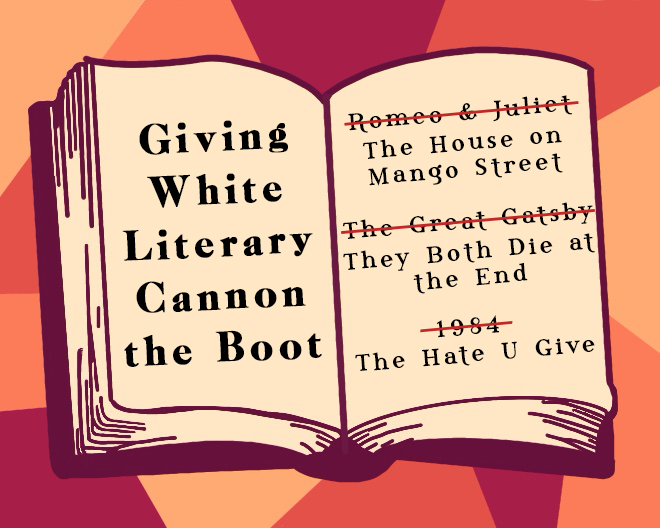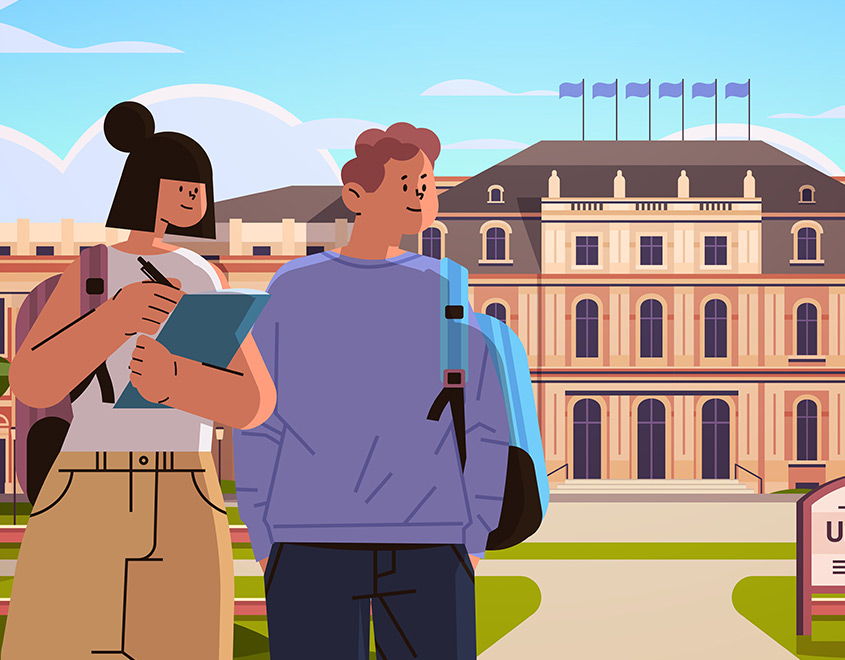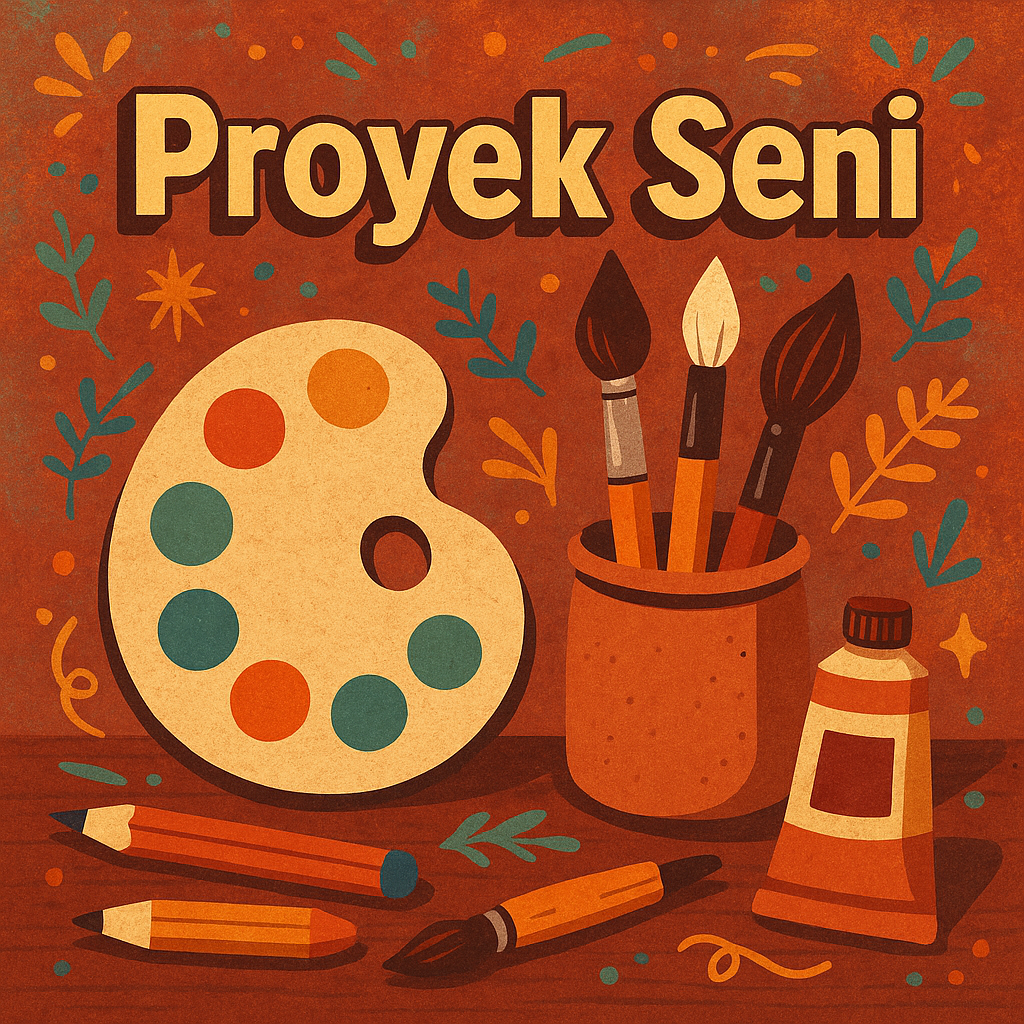
The literary canon refers to a body of works—novels, poems, plays, and essays—that are widely recognized as the most important and influential in shaping culture, language, and thought. These texts are considered foundational to literary study and are often taught in schools and universities worldwide.
But what exactly makes a work “canonical”? And how has the definition of the literary canon evolved over time? In this article, we’ll explore the concept of the literary canon, how it’s formed, why it matters, and the ongoing debates surrounding it.
📚 What Is the Literary Canon?

The literary canon is a collection of works deemed by scholars, critics, and educators to be the most significant in literature. These are the texts that are often regarded as:
-
Timeless in theme and relevance
-
Aesthetically exemplary
-
Culturally and historically impactful
Classic examples include:
-
Homer’s The Iliad
-
Shakespeare’s Hamlet
-
Jane Austen’s Pride and Prejudice
-
Toni Morrison’s Beloved
These works are not only studied for their artistic merit but also for their ability to reflect and shape societal values.
🏛️ How Is the Literary Canon Formed?
The canon is not fixed; it’s shaped by academic institutions, publishers, critics, and cultural movements. Historically, the canon reflected the tastes and perspectives of Western, white, male-dominated institutions. However, over the past several decades, there has been a growing push to re-evaluate and expand the canon.
Key influencers in canon formation:
-
Universities and syllabi
-
Anthologies and textbooks
-
Literary criticism and theory
-
Awards and recognition
🌍 Expanding the Canon: Inclusion and Diversity
In recent years, the literary canon has faced scrutiny for its lack of representation. Critics argue that the traditional canon excludes voices based on race, gender, geography, and class.
-
Include authors of color, LGBTQ+ voices, and women writers
-
Re-examine non-Western literature
-
Question the criteria for “greatness” and cultural relevance
Examples of expanded canon works:
-
Chinua Achebe’s Things Fall Apart
-
Sandra Cisneros’ The House on Mango Street
-
James Baldwin’s Go Tell It on the Mountain
These efforts aim to ensure that the canon reflects a more inclusive literary heritage.
🧠 Why the Canon Matters
Despite the debates, the literary canon plays an important role in education and culture:
✅ 1. Cultural Literacy
Understanding canonical texts provides a shared reference point for readers and scholars.
✅ 2. Historical Insight
Canonical literature often reflects the values, struggles, and ideologies of its time.
✅ 3. Language and Form
These texts demonstrate mastery of literary knowledge techniques and help shape language and storytelling conventions.
✅ 4. Critical Thinking
Engaging with complex, layered texts encourages analysis, interpretation, and debate.
📖 Canonical Texts Across Time
Here’s a glimpse at some of the most widely recognized literary canon works:
Ancient and Classical:
-
Homer – The Odyssey
-
Sophocles – Oedipus Rex
-
Virgil – The Aeneid
Medieval to Renaissance:
-
Dante Alighieri – The Divine Comedy
-
Chaucer – The Canterbury Tales
-
Shakespeare – Complete works
18th–19th Century:
-
Goethe – Faust
-
Mary Shelley – Frankenstein
-
Leo Tolstoy – War and Peace
20th Century:
-
Virginia Woolf – Mrs. Dalloway
-
Gabriel García Márquez – One Hundred Years of Solitude
-
George Orwell – 1984
🗣️ Debates About the Canon
Critics of the literary canon raise several important questions:
-
Who decides what is considered “great”?
-
Does the canon promote elitism or inclusivity?
-
How do we balance tradition with innovation?
-
Can popular or genre fiction be part of the canon?
These questions continue to shape contemporary literary discourse and highlight the dynamic nature of what we call the canon.
🧾 Conclusion: A Living Literary Legacy
The literary canon is not just a list of books—it’s a conversation across centuries. While its contents may shift with time and cultural awareness, its purpose remains: to preserve and celebrate the texts that define and challenge human experience.
As readers, educators, and writers, we have the opportunity to question, expand, and engage with the canon in meaningful ways—ensuring that it evolves to reflect the diversity and depth of the human story.
📚 The literary canon is not about preserving a past, but inspiring a future through the power of great literature.
Need fresh CSS inspiration? Visit CSS Mayo for a curated collection of stunning CSS snippets and creative design ideas! – https://www.cssmayo.com







